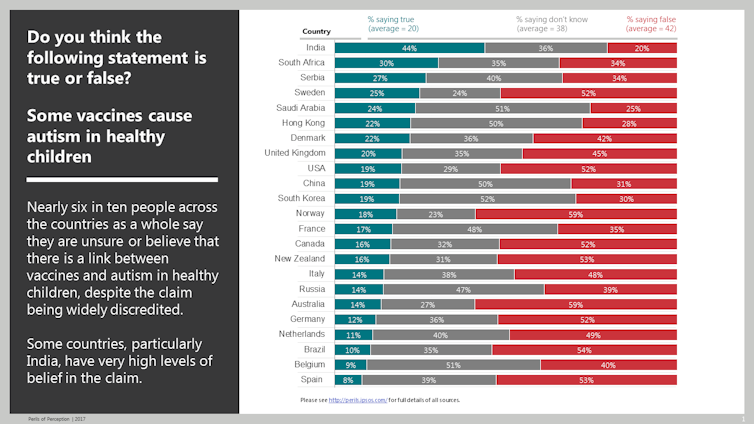At the annual meeting of the American Political Science Association, Sierra Powell and April A. Johnson have a paper titled "Partisanship and Political Participation Among People with Disabilities."
The abstract:
Scholars have found that having a disability significantly decreases the likelihood one will vote. Here we explore several mechanisms that may be behind the low voter turnout of disabled Americans. Commensurate with the pattern of low turnout among people with disabilities, we ask whether people with disabilities also exhibit weak partisanship, moderate ideological preferences, and inconsistent patterns of vote choice. Analyzing data from the 2016 Cooperative Congressional Election Study and the 2012 and 2016 American National Election Studies, we conclude that having a disability is positively related to identifying as a Democrat, to identifying with liberal ideological orientations, and to Democratic vote choice. Curiously, we also find strong partisan attachments among people with physical disabilities, despite their history of low voting levels. We speculate about the differential effect of partisan attachment on voting behavior among those with and without disabilities. Practical strategies for greater incorporation of those with disabilities into the political process are considered.
